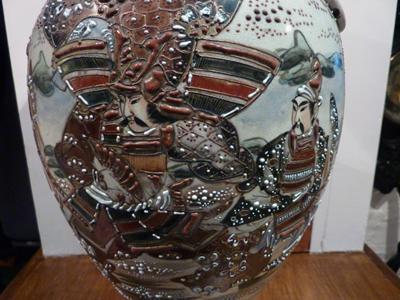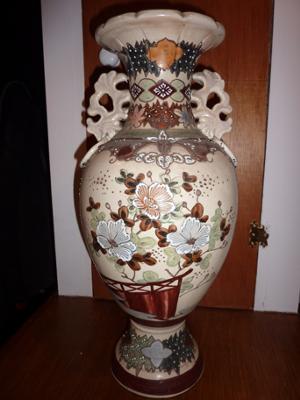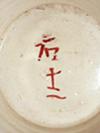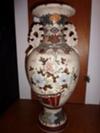Commenting is deactivated.
Please post all new topics and queries to the
Discussion Forum
18th / 19th C Japanese? / Chinese? / Korean? vase
by Chris
(Manchester, UK)
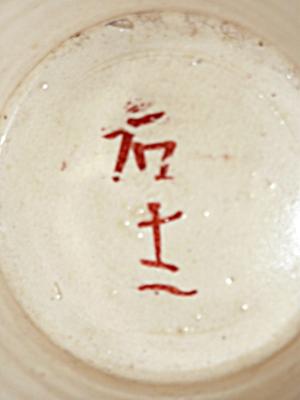
Marks
This is a vase we have in the family that was given to a relative as a wedding gift in 1885 and was at the time considered "antique" - so I presume it is late 18th century, early 19th, but we know little else about it.
I have no knowledge of antiques and do not know where to begin researching the piece, its markings, origins and value.
I would be so grateful if anyone can provide any insight or starting points for me!
Many thanks in advance :)
Comments for 18th / 19th C Japanese? / Chinese? / Korean? vase
|
||
|
||
|
||
|
||
|
||
|
||
search by keyword
